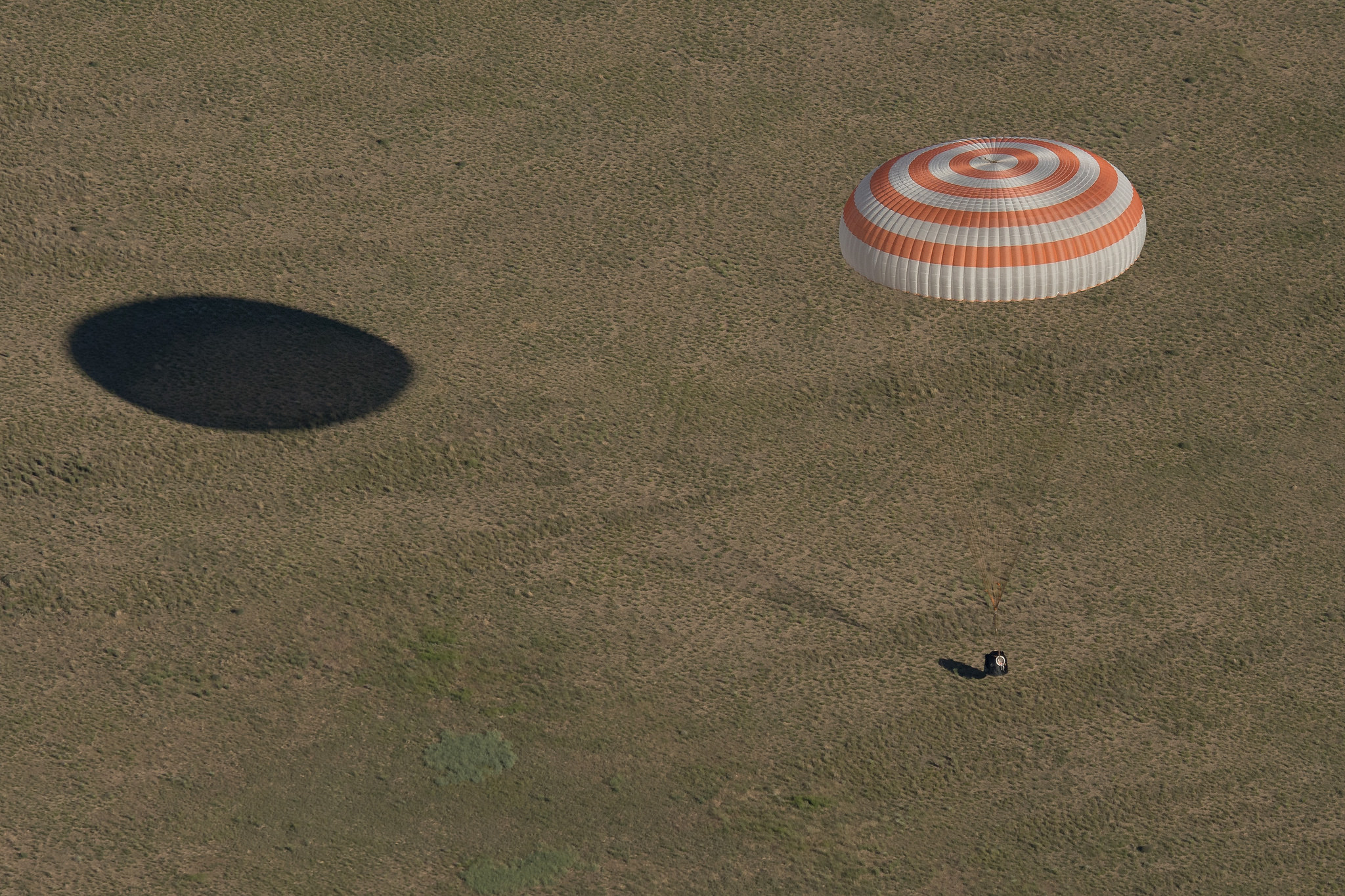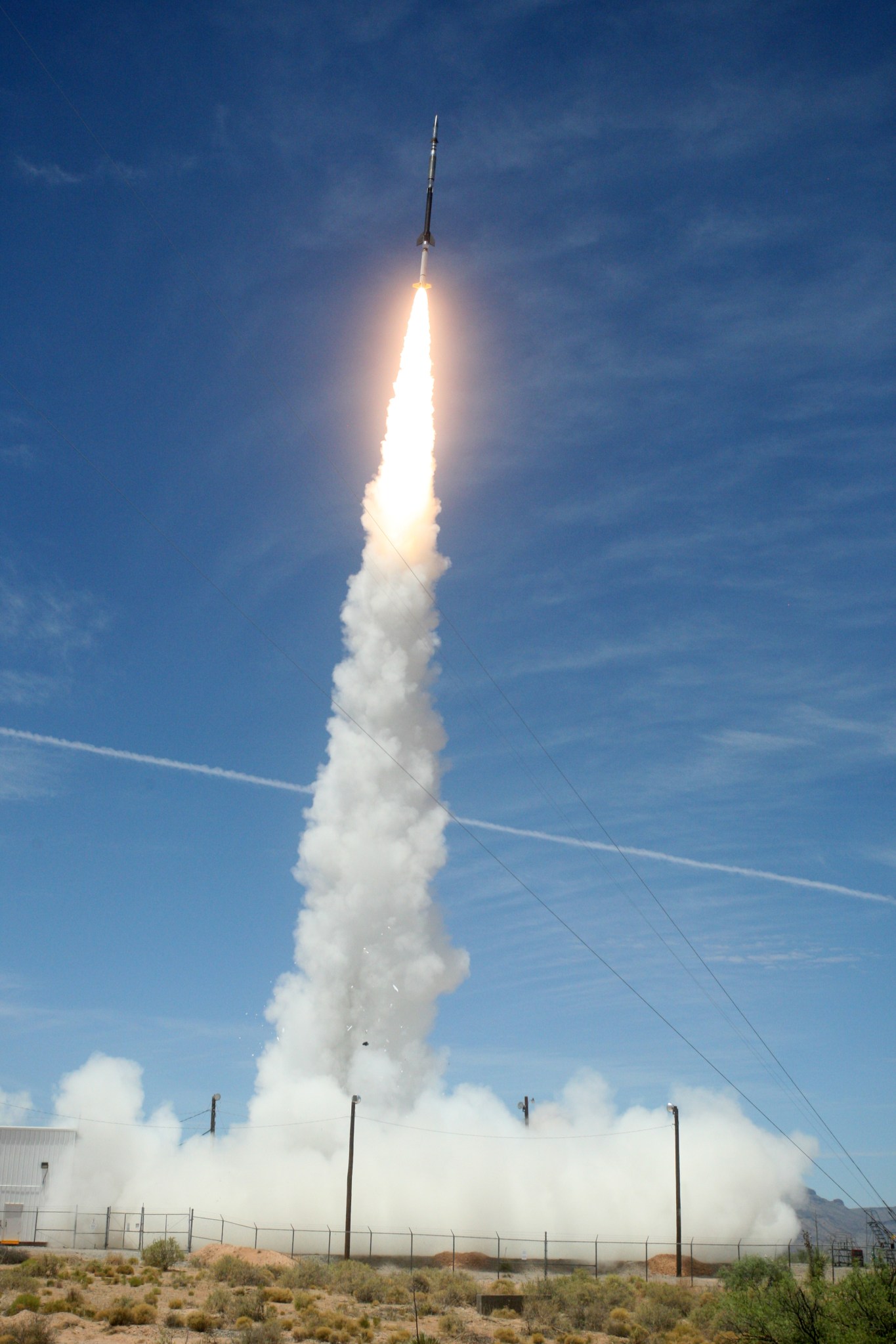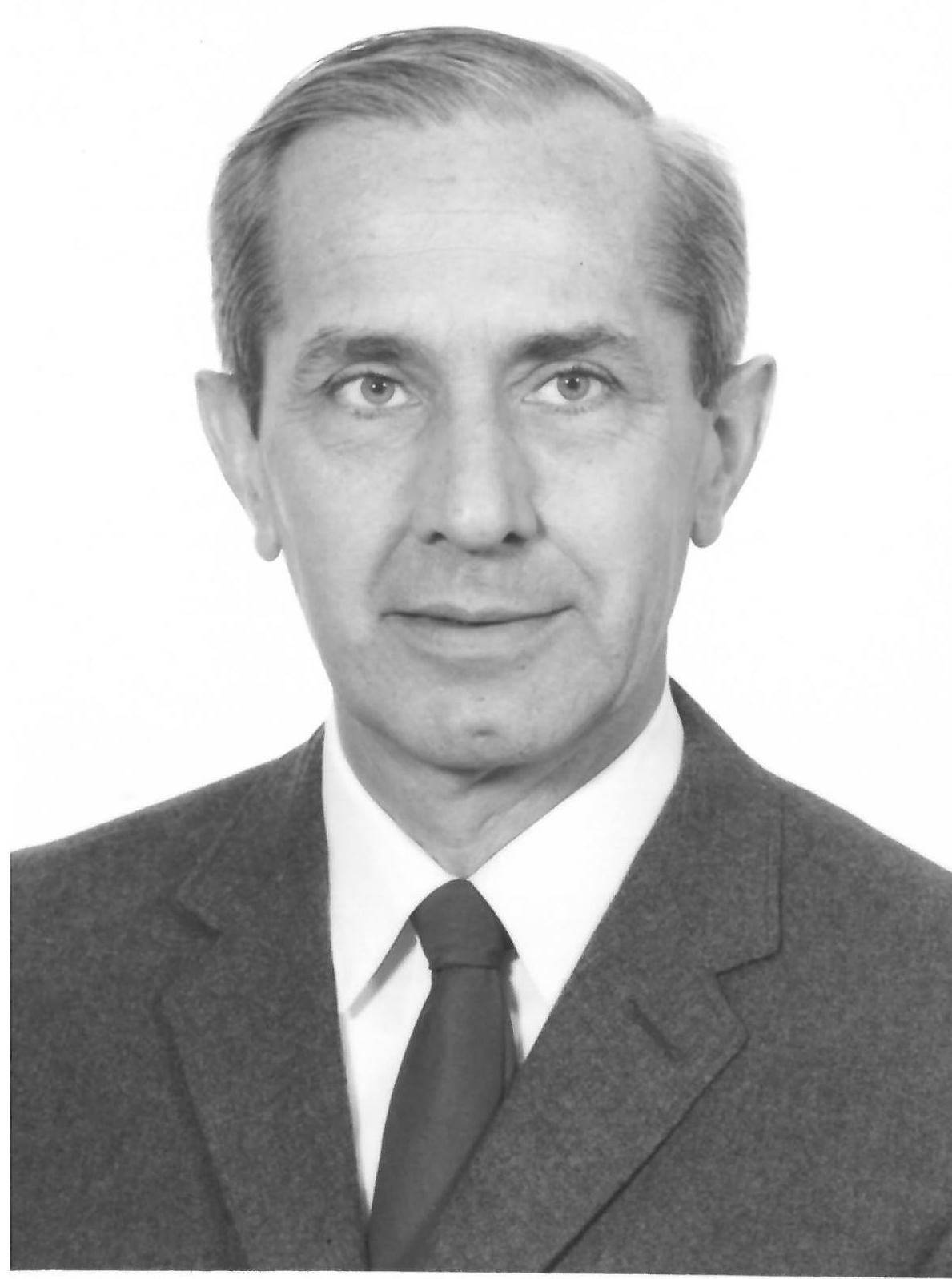In This Week’s Star
- Gravitational Wave Event Likely Signaled Creation of a Black Hole
- NASA Astronaut, Crewmates Safely Return to Earth from Space Station
- NASA’s Hi-C Launches to Study Sun’s Corona
- Marshall Team Members Invited to Networking for Success Mentoring Event
- Chandra Sighting of New Kind of Neutron Star Highlighted on ‘This Week @NASA’
- This Week in NASA History: Fifth Spacelab Mission Launches – June 5, 1991
- Former German Rocket Team Member, Georg von Tiesenhausen, dies in Huntsville
- Obituaries
Gravitational Wave Event Likely Signaled Creation of a Black Hole
The spectacular merger of two neutron stars that generated gravitational waves announced last fall likely did something else: birthed a black hole. This newly spawned black hole would be the lowest mass black hole ever found.
A new study analyzed data from NASA’s Chandra X-ray Observatory taken in the days, weeks and months after the detection of gravitational waves by the Laser Interferometer Gravitational Wave Observatory –- LIGO — and gamma rays by NASA’s Fermi mission on Aug. 17, 2017.
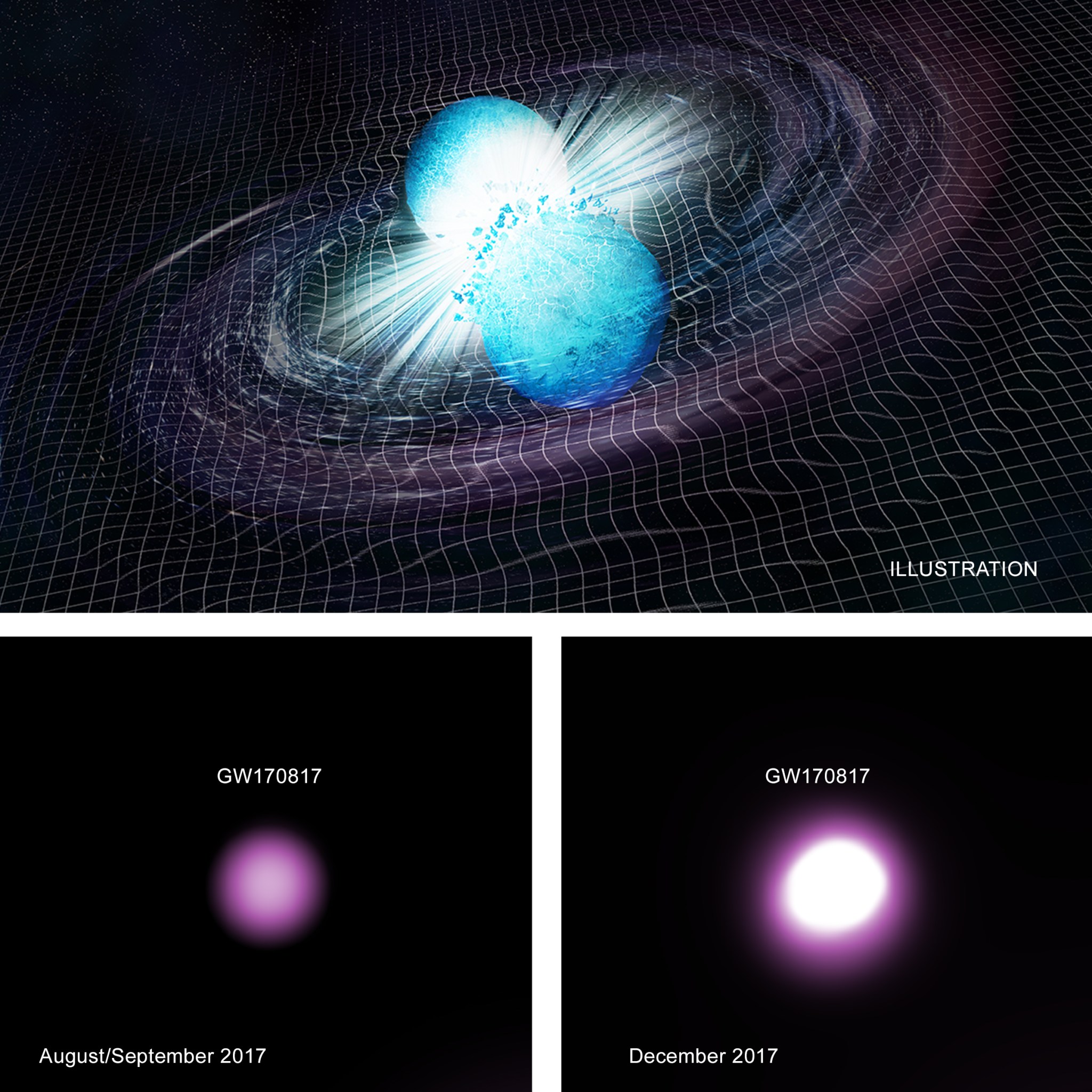
While nearly every telescope at professional astronomers’ disposal observed this source, known officially as GW170817, X-rays from Chandra are critical for understanding what happened after the two neutron stars collided.
From the LIGO data astronomers have a good estimate that the mass of the object resulting from the neutron star merger is about 2.7 times the mass of the Sun. This puts it on a tightrope of identity, implying it is either the most massive neutron star ever found or the lowest mass black hole ever found. The previous record holders for the latter are no less than about four or five times the Sun’s mass.
“While neutron stars and black holes are mysterious, we have studied many of them throughout the universe using telescopes like Chandra,” said Dave Pooley of Trinity University in San Antonio, Texas, who led the study. “That means we have both data and theories on how we expect such objects to behave in X-rays.”
The Chandra observations are telling, not only for what they revealed, but also for what they did not. If the neutron stars merged and formed a heavier neutron star, then astronomers would expect it to spin rapidly and generate a very strong magnetic field. This, in turn, would have created an expanding bubble of high-energy particles that would result in bright X-ray emission. Instead, the Chandra data show levels of X-rays that are a factor of a few to several hundred times lower than expected for a rapidly spinning, merged neutron star and the associated bubble of high-energy particles, implying a black hole likely formed instead.
If confirmed, this result shows that a recipe for making a black hole can sometimes be complicated. In the case of GW170817, it would have required two supernova explosions that left behind two neutron stars in a sufficiently tight orbit for gravitational wave radiation to bring the neutron stars together.
“We may have answered one of the most basic questions about this dazzling event: What did it make?” said co-author Pawan Kumar of the University of Texas at Austin. “Astronomers have long suspected that neutron star mergers would form a black hole and produce bursts of radiation, but we lacked a strong case for it until now.”
A Chandra observation two to three days after the event failed to detect a source, but subsequent observations 9, 15 and 16 days after the event resulted in detections. The source went behind the Sun soon after, but further brightening was seen in Chandra observations about 110 days after the event, followed by comparable X-ray intensity after about 160 days.
By comparing the Chandra observations with those by the NSF’s Karl G. Jansky Very Large Array, Pooley and collaborators explain the observed X-ray emission as being due entirely to the shock wave — akin to a sonic boom from a supersonic plane — from the merger smashing into surrounding gas. There is no sign of X-rays resulting from a neutron star.
The claims by Pooley’s team can be tested by future X-ray and radio observations. If the remnant turns out to be a neutron star with a strong magnetic field, then the source should get much brighter at X-ray and radio wavelengths in about a couple of years when the bubble of high-energy particles catches up with the decelerating shock wave. If it is indeed a black hole, astronomers expect it to continue to become fainter than has recently been observed as the shock wave weakens.
“GW170817 is the astronomical event that keeps on giving,” said J. Craig Wheeler, a co-author on the study, also from the University of Texas. “We are learning so much about the astrophysics of the densest known objects from this one event.”
If follow-up observations find that a heavy neutron star has survived, such a discovery would challenge theories for the structure of neutron stars and how massive they can get.
“At the beginning of my career, astronomers could only observe neutron stars and black holes in our own galaxy, and now we are observing these exotic stars across the cosmos,” said co-author Bruce Gossan of the University of California at Berkeley. “What an exciting time to be alive, to see instruments like LIGO and Chandra showing us so many thrilling things nature has to offer.”
A paper describing this result appears in the latest issue of The Astrophysical Journal Letters. NASA’s Marshall Space Flight Center manages the Chandra program for NASA’s Science Mission Directorate in Washington. The Smithsonian Astrophysical Observatory in Cambridge, Massachusetts, controls Chandra’s science and flight operations.
NASA Astronaut, Crewmates Safely Return to Earth from Space Station
Three members of the International Space Station Expedition 55 crew, including NASA astronaut Scott Tingle, returned to Earth June 3, following 168 days of living and working in low-Earth orbit.
Tingle, astronaut Norishige Kanai of the Japan Aerospace Exploration Agency, and cosmonaut Anton Shkaplerov of the Russian space agency Roscosmos, landed at 7:39 a.m. CDT southeast of the remote town of Dzhezkazgan in Kazakhstan.
This mission was the first for Tingle and Kanai. Shkaplerov has now logged 532 days in space on three flights. The crew completed hundreds of experiments, including materials testing, a study of the effect of microgravity on the bone marrow and research into plant growth in space.
Tingle, Kanai and Shkaplerov also welcomed four cargo spacecraft delivering several tons of supplies and experiments during their time on the space station. A SpaceX Dragon spacecraft arrived at the station in December, followed by another Dragon in April and Orbital ATK’s Cygnus resupply spacecraft in May. A Russian Progress cargo craft arrived at the station in February.
Tingle and Kanai ventured outside the station on separate spacewalks to perform work on parts of the Canadarm2 robotic arm. They also participated in dozens of educational events as part of NASA’s Year of Education on Station.
Shkaplerov conducted a record-setting spacewalk in February with fellow cosmonaut Alexander Misurkin to replace an electronics box for a communications antenna on the Zvezda service module. The spacewalk timed out at 8 hours and 13 minutes — the longest in Russian space program history.
The Expedition 56 crew — Commander Drew Feustel and Ricky Arnold of NASA, and Oleg Artemyev of Roscosmos — will operate the station and prepare for the arrival of three new crew members on June 8. Serena Auñón-Chancellor of NASA, Alexander Gerst of the European Space Agency and Sergey Prokopyev of Roscosmos are scheduled to launch June 6, from Baikonur, Kazakhstan. The crew will orbit Earth 34 times before the spacecraft’s arrival and docking to the space station’s Rassvet module at 8:07 a.m. June 8, which will air on NASA Television.
NASA’s Hi-C Launches to Study Sun’s Corona
NASA and its partners launched a rocket-borne camera to the edge of space at 1:54 p.m. CDT May 29 on its third flight to study the Sun. The clarity of images returned is unprecedented and their analysis will provide scientists around the world with clues to one of the biggest questions in heliophysics — why the Sun’s atmosphere, or corona, is so much hotter than its surface.
The precision instrument, called the High Resolution Coronal Imager or Hi-C for short, flew aboard a Black Brant IX sounding rocket at the White Sands Missile Range in New Mexico.
“This was the third launch of Hi-C,” said Amy Winebarger, principal investigator for the Hi-C mission at NASA’s Marshall Space Flight Center. “Our second launch in 2016 had an issue with the camera onboard the telescope of the instrument. So, while we gathered critical engineering data and some images, we did not get the high-quality images of the corona we were expecting. We improved the camera from the last launch and are already getting exciting data from Tuesday’s experiment that could help explain the long-held questions about the Sun’s atmosphere.”
The telescope on Hi-C, the centerpiece of the payload weighing 464 pounds and measuring 10-feet long, is designed to observe a large, active region in the Sun’s corona in fine detail. The duration of the space portion of the Hi-C mission provided five minutes of observation time with the telescope acquiring an image about every five seconds.
Scientists anticipate that analysis of the imaging data from Hi-C’s third flight will help resolve current questions about connections between the hot and cool regions of the solar atmosphere. To meet this goal, Hi-C’s launch and data collection was coordinated with the Interface Region Imaging Spectrograph or IRIS for short, a NASA small explorer satellite observatory that captures images and spectra of the cooler portions of the Sun’s atmosphere.
“This is the first combined simultaneous dataset that covers the entire solar atmosphere — photosphere, chromosphere, transition region and corona — at sub-arcsecond resolution,” said principal investigator for IRIS and Hi-C co-investigator, Bart De Pontieu from Lockheed Martin Solar & Astrophysics Laboratory in Palo Alto, California.
During its first flight in July 2012, Hi-C captured the highest-resolution images ever taken of the one-and-a-half million-degree solar corona, revealing previously unseen magnetic activity. For decades, scientists have suspected that activity in the Sun’s magnetic field is heating the corona. The third flight of Hi-C captured images of comparable resolution in a different regime of extreme ultraviolet light, enabling more direct study of the interface between the hot corona and the cooler layers lower in the solar atmosphere.
“Understanding how the Sun works is important to everyday things we do on Earth,” said Winebarger. “Solar flares and eruptions can disrupt radio, GPS communications and satellites that disseminate cell phone signals. By studying how the Sun releases these bursts of energy, we hope to be able to better anticipate them and, in the future, design technology better equipped to withstand these disruptions.”
The Hi-C experiment is led by Marshall in partnership with the Smithsonian Astrophysical Observatory in Cambridge, Massachusetts; Lockheed Martin Solar & Astrophysics Laboratory; and the University of Central Lancashire in Preston, UK. Launch support is provided by NASA’s Sounding Rocket Program at the agency’s Wallops Flight Facility, which is managed by NASA’s Goddard Space Flight Center. NASA’s Heliophysics Division manages the sounding-rocket program for the agency. IRIS is a NASA small explorer mission developed and operated by Lockheed Martin Solar & Astrophysics Laboratory with mission operations executed at NASA Ames Research Center and major contributions to downlink communications funded by the European Space Agency and the Norwegian Space Centre.
Marshall Team Members Invited to Networking for Success Mentoring Event
NASA Marshall Space Flight Center team members are invited to attend a mentoring event on June 14 from 8 a.m.-noon in Activities Building 4316.
The event, “Networking for Success,” will feature several speakers from Marshall including Larry Leopard, deputy director of Engineering; Roy Malone, director of Center Operations; Lakiesha Hawkins, assistant supervisor of Aerospace Flight Systems; and Mat Park and Roger Kitchen Jr., organization development specialists.
In addition to featuring these speakers, the event will also provide an opportunity to network with leaders from across the center.
To register for the event, click here.
Chandra Sighting of New Kind of Neutron Star Highlighted on ‘This Week @NASA’
A new detection from NASA’s space-based Chandra X-ray Observatory and the European Southern Observatory’s Very Large Telescope in Chile is featured in “This Week @NASA,” a weekly video program broadcast nationwide on NASA-TV and posted online.
Astronomers have discovered a special kind of neutron star for the first time outside of the Milky Way galaxy. Located 200,000 light years from Earth, and within the remains of a supernova, this newly identified neutron star is a rare variety that has both a low magnetic field and no stellar companion.
Chandra is managed by NASA’s Marshall Space Flight Center for the agency’s Science Mission Directorate.
View this and previous episodes at “This Week @NASA” on NASA’s YouTube page.
This Week in NASA History: Fifth Spacelab Mission Launches – June 5, 1991
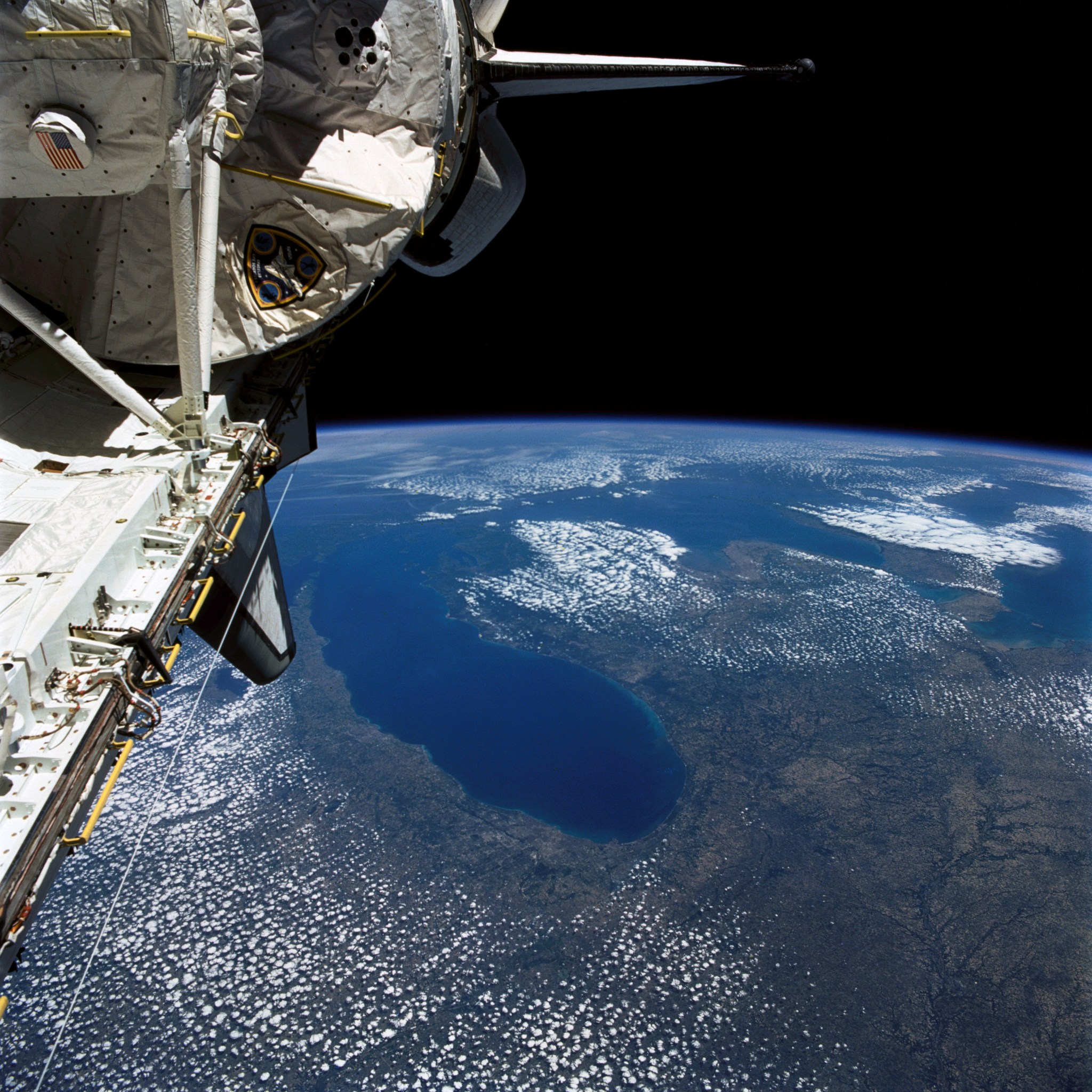
This week in 1991, space shuttle Columbia, mission STS-40, launched from NASA’s Kennedy Space Center carrying the fifth Spacelab mission. The Spacelab Life Sciences-1 module was the first Spacelab mission dedicated solely to life sciences. The main purpose of the mission was to study the mechanisms, magnitudes and time courses of certain physiological changes that occur during spaceflight and was designed to explore the responses of the heart, lungs, blood vessels, kidneys and hormone-secreting glands to microgravity and related body fluid shifts. Today, NASA’s Marshall Space Flight Center manages the Life Sciences Glovebox and monitors International Space Station science and communications from its Payload Operations Integration Center. Scheduled to launch to the station in September 2018, the Life Sciences Glovebox will be used to study the long-term impact of microgravity on human physiology, revealing new ways to improve life on Earth while protecting human explorers during long-duration deep space missions. The NASA History Program is responsible for generating, disseminating, and preserving NASA’s remarkable history and providing a comprehensive understanding of the institutional, cultural, social, political, economic, technological and scientific aspects of NASA’s activities in aeronautics and space. For more pictures like this one and to connect to NASA’s history, visit the Marshall History Program’s webpage. (NASA)
Former German Rocket Team Member, Georg von Tiesenhausen, Dies in Huntsville
Georg F. von Tiesenhausen, a member of Wernher von Braun’s German rocket team at NASA’s Marshall Space Flight Center, died June 3 in Huntsville at the age of 104.
Von Tiesenhausen retired from the Marshall Center in 1986 as assistant director of the Advanced Systems Office in the Program Development Directorate. He was one of the last living members of von Braun’s team of Germans who shaped America’s space program.
Among his accomplishments, von Tiesenhausen was directly involved in designing the Redstone rocket launch facilities, Jupiter support facilities and Saturn V launch facilities.
After working at the Peenemuende Army Research Center in Germany, where he served as section chief, von Tiesenhausen moved to Huntsville in 1953 to join von Braun’s team on Redstone Arsenal.
Von Tiesenhausen was also involved in the development of the Lunar Roving Vehicle at Marshall. The rover was first used in 1971 during the Apollo 15 mission.
During his NASA career, von Tiesenhausen is credited with six U.S. patents and numerous awards including the Exceptional Service Medal.
Following his retirement from NASA, von Tiesenhausen taught campers at the U.S. Space & Rocket Center in Huntsville, which presented him with its lifetime achievement award in 2011.
He is survived by his wife, Asta E. von Tiesenhausen, of Huntsville.
Obituaries
William C. Askew, 85, of Fayetteville, Tennessee, died June 1. He retired from the Marshall Center in 1989 as an aerospace engineer. He survived by his wife, Carolyn Askew.
Alice S. Bunnell, 75, of Huntsville, died May 28. She retired from the Marshall Center in 1997 as a contract specialist. She is survived by her husband, Jim Bunnell.



























